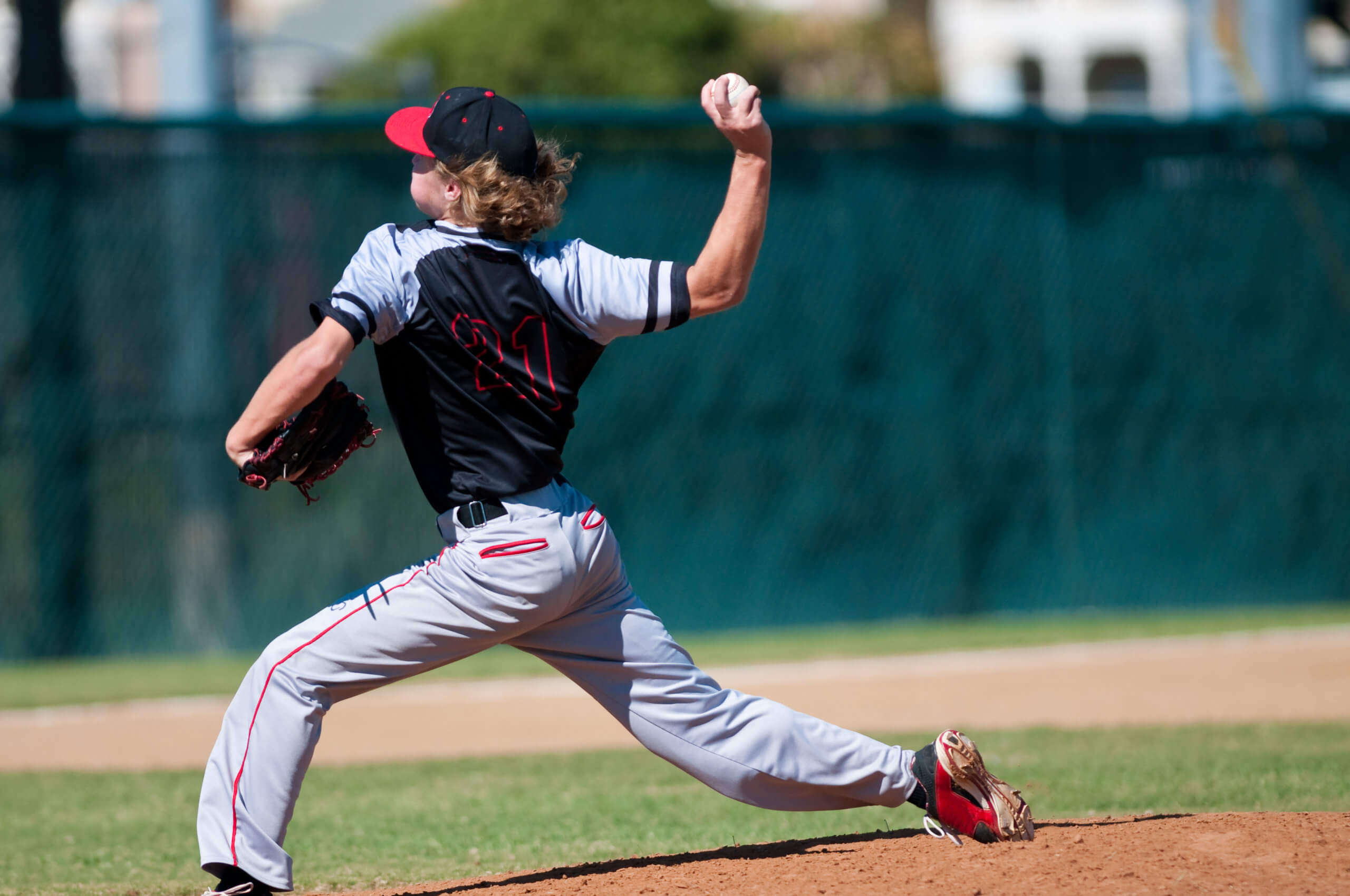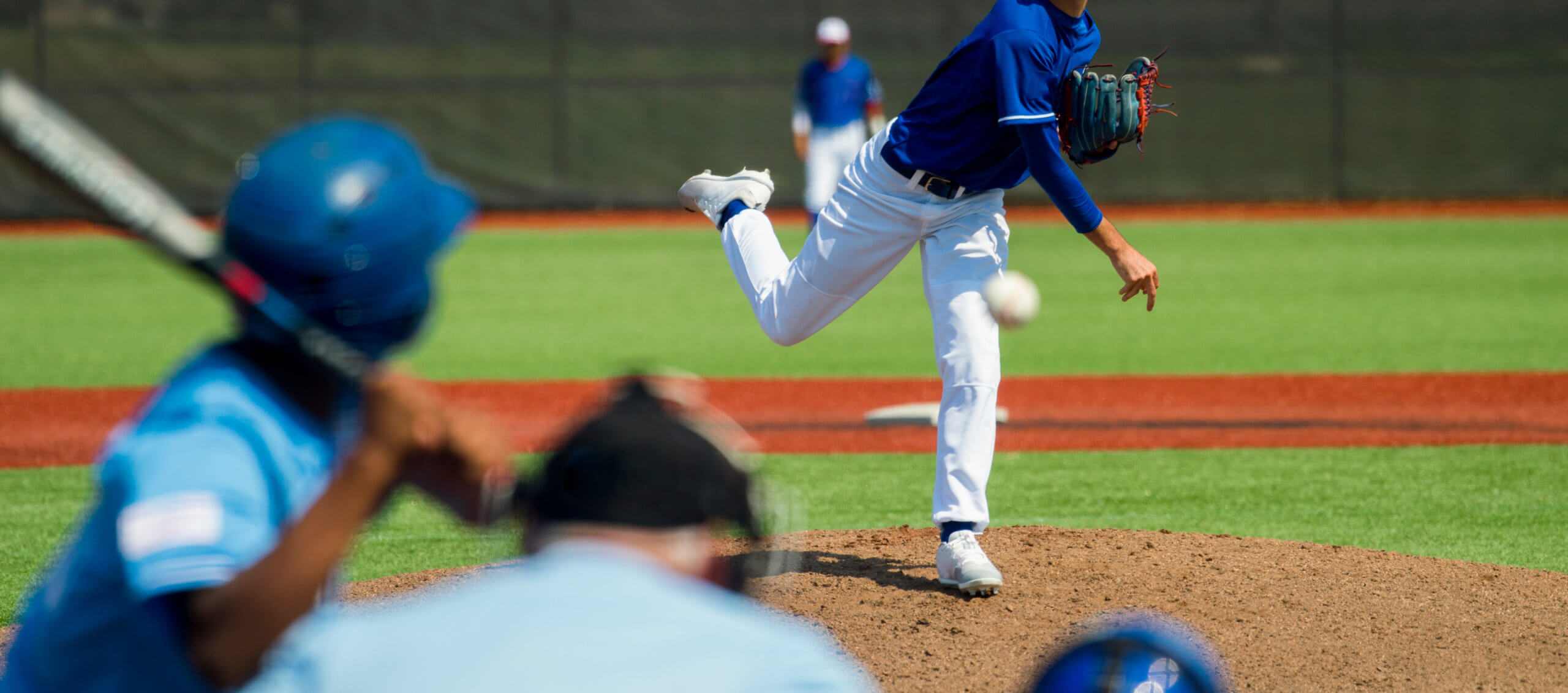Overuse Injuries in Youth Baseball
Baseball season is in full swing. Unfortunately, so are baseball injuries. From our Yankees’ Aaron Judge chasing the single-season home run record, to our own children playing in the local parks and competing in Little League, injuries have become part of the game. Unfortunately, the Massapequa Coast Little League team was recently eliminated from the Little League World Series following their 7-1 loss to Hollidaysburg, Pennsylvania. We expect a strong recovery from them. It’s a pleasure to root for all of our Little League teams, including Bellmore Little League, East Meadow Little League, and Amityville Little League, among others. We’re used to watching our children and their friends play in the baseball fields all across Long Island, including Cedarhurst Park, North Woodmere Park, Grant Park, Syosset-Woodbury Community Park, Hickey and Joyce Field, Lister Field, and Rev. Morgan Days Park. Unlike professional athletes, youth athletes are primarily injured as a result of overuse. The most common youth baseball injuries result from overuse of the muscles while throwing: Little League Shoulder, Rotator Cuff injuries, and Little League Elbow – let’s take a look into each of these injuries.
What are the most common overuse injuries in youth baseball?
The three most common overuse injuries in youth baseball are Little League Shoulder, Rotator Cuff Strain, and Little League Elbow.

What is Little League Shoulder?
Little League Shoulder, is the overuse injury caused by stress to the growth plate of the shoulder. This growth plate is located in the humerus (bone in your upper arm that’s located between your elbow and your shoulder). Because of the repetitive overhead throwing movement required for pitching a baseball, the growth plate becomes inflamed. The inflammation of the growth plate causes the growth plate to widen, which results in pain. Little League Shoulder is a common overuse injury in youth baseball because the damage occurs in the growth plate, which remains open until about 18 years of age. Most Little League Shoulder injuries occur in baseball athletes between 11 and 16 years old.
What Are the Symptoms of Little League Shoulder?
The most common symptoms of Little League Shoulder are gradual onset of pain in the upper arm during overhead throwing, pain that persists days after throwing, and a visibly swollen shoulder.
How is Little League Shoulder treated?
The best treatment for Little League Shoulder is rest from throwing for about 3 months. After the pain is gone, the patient will work with a physical therapist to strengthen their core and rotator cuff muscles. They will then work on a progressive throwing program, which starts with short tosses at low velocities, gradually progressing to increase distance and velocity of throws.

What are Rotator Cuff Tears?
Rotator cuff tears are a common overuse injury in youth baseball. The rotator cuff is a group of four muscles that come together as tendons to hold these two bones together. The rotator cuff allows you to lift and rotate your arm. Rotator cuff injuries occur when any of the four muscle-tendon units that surround the shoulder become damaged. In the moment when the pitcher releases the ball and during the follow through, there is significant pressure placed on the rotator cuff. Repetitive overhead pitching can result in wear and tear damage resulting in rotator cuff tears.
What are the Symptoms of Rotator Cuff Tears?
Common symptoms of rotator cuff tendonitis and tears include pain that moves from the front of the shoulder to the side of the arm. The pain is usually present during throwing and at rest. As the problem progresses, the pain can occur at night. The patient will experience a loss in strength and motion.
How are Rotator Cuff Injuries Treated?
Patients can recover from Rotator Cuff Injuries using non-surgical treatment. Non-surgical treatment consists of rest, activity modification, nonsteroidal anti-inflammatory drugs (NSAIDS), strengthening exercises though physical therapy, and steroid injections. Your doctor may recommend rest and limiting overhead movements. Your doctor may recommend limiting any activities that cause shoulder pain. NSAIDS such as ibuprofen, aspirin, and naproxen can reduce pain and swelling. You will work with a physical therapist on specific exercises that focus on restoring pain-free range of motion and gradually progress to rotator cuff and periscapular muscle strengthening exercises which strengthen the muscles that support your shoulder. If the pain is not relieved through these methods, then your doctor may recommend cortisone injections. If surgery is required, your doctor will perform a procedure in which the tendon will be re-attached to the head of the humerus (the upper arm bone).

What is Little League Elbow?
The third major common overuse injury in youth baseball is Little League Elbow. In Little League Elbow, the repeated overhead throwing motion puts significant force on the elbow joint.
The medial epicondyle, the bony protrusion that you can feel on the side of the elbow closest to your body, is where the forearm muscles attach and is the structure that helps stabilize the elbow when you throw the baseball. This structure, part of the humerus bone, has a growth center. The excessive force from repetitive throwing and pitching placed on this growth plate causes inflammation. With continued use, avulsion fractures can occur – in this injury, ligaments and tendons of the elbow joint pull away from the bone and take fragments of the bone with them, similar to how plant roots hold onto soil when they are uprooted.
What are the symptoms of Little League Elbow?
Little League Elbow symptoms include pain on the inside of the elbow, restricted range of motion of the elbow joint, and locking of the elbow joint.
How is Little League Elbow Treated?
Treatment consists of rest, ice, and refined throwing technique. Your doctor may recommend that you rest and refrain from any throwing activity for 4-6 weeks. Ice and inflammatory medication can be used for pain relief. Your doctor may also prescribe exercise programs with a physical therapist, who will work with you to strengthen the muscles around your injured elbow.
At South Island Orthopedics, we are committed to providing the highest quality pediatric orthopedic, sports medicine, and physical therapy care to children of all ages in Long Island, New York, and the surrounding boroughs. Your child needs a specialist because the bones and joints of children are different from that of adults. If your child gets hurt or complains of ongoing pain from baseball, please request an appointment online.
Posted in: Elbow, General & Pediatric Orthopaedic Care, Neck/Back & Shoulder, Pain Management, Shoulder and Elbow, Sports Medicine
